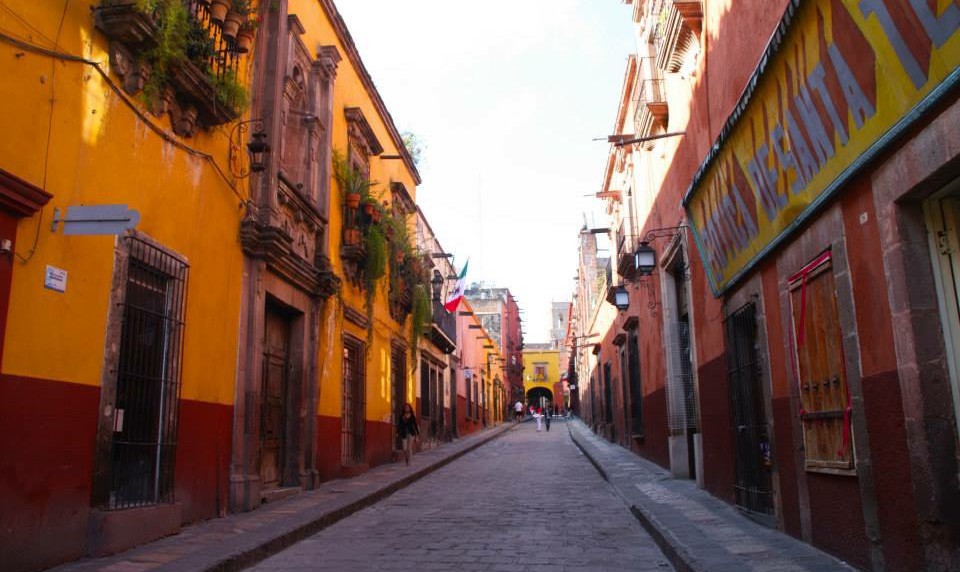A lot of the people who read this blog are friends and family who really just want to see pictures of the kids and make sure we haven’t fallen off the grid. But we were reminded of something a few weeks ago by our neighbors, who, possibly in a slight exaggeration, said that our blog was the reason they joined the foreign service (hi guys! Sorry about the sorry state of our lawn. We’ll totally clean it up soon). Some other visitors to this site are here to learn more about what it’s like to be in the Foreign Service. We know blogs were really important to us when we were going through the process to join. With this in mind, I wanted to write a post about mid-level bidding (that is, bidding for your third tour and beyond).
While there are some differences between bidding on your first tour and on your second, the process is largely the same: you get a list of available positions, you rank them in order along with a brief explanation of your overall goals, and then you send it to HR back in Washington. Then, over the period of a couple of weeks, somewhere in an office deep beneath Foggy Bottom (we assume), HR makes the assignments based on your preferences, the preferences of your fellow officers, and the needs of the Service. Then they tell you where you’re going. You’re either happy with it or you’re not (and most people are), but the process is relatively short and uncomplicated.
Bidding on your third tour is a different beast. You still have a list of available positions, but that’s where the similarities to entry-level bidding end. Instead of sending a list to HR who will make a decision, you basically job hunt: you create a resume, reach out to decision makers at each post, lobby individual bureaus, and create a list of references who will vouch that you’re a good officer and that you’d be a great addition to any office. Leading up to the day that official offers can be made (knows as handshakes), posts may contact you strongly hinting that they want to offer you a job (known as a wink) and asking if maybe you like them enough to consider accepting a hypothetical offer. If you wink back, then all you have to do is wait until handshake day to get your official offer and then post the news to Facebook.
But what if you don’t get a handshake? Don’t worry. Nobody is left without a job. You’re allowed to continue bidding on leftover positions or positions that get unexpectedly added to the list for several months before you’re eventually just assigned to go somewhere by HR (this last option rarely happens). We know officers who have gotten great assignments after handshake day and we know others who avoid most of this and only begin bidding once the first round of handshakes come out.
As a tandem, we not only had to go through all of those steps listed above, but we also had to make sure that everyone knew we were a package deal. We’d only accept offers if we both got them.
If this all sounds complicated, that’s because it is. And the State Department has started a new initiative to find ways to simplify and shorten the process while still meeting the needs of the service and allowing officers some degree of agency in their assignments.
Bidding worked out well for us this time, with both of us getting jobs in our cones at the same place. But we can’t help but look back fondly on the days when all we had to do was send HR a list and wait our assignment to appear in our inboxes.

Pingback: Mid-Level Bidding | Unaccompanied Baggage